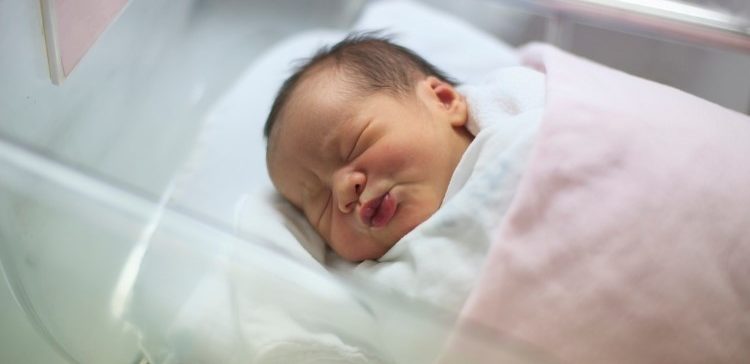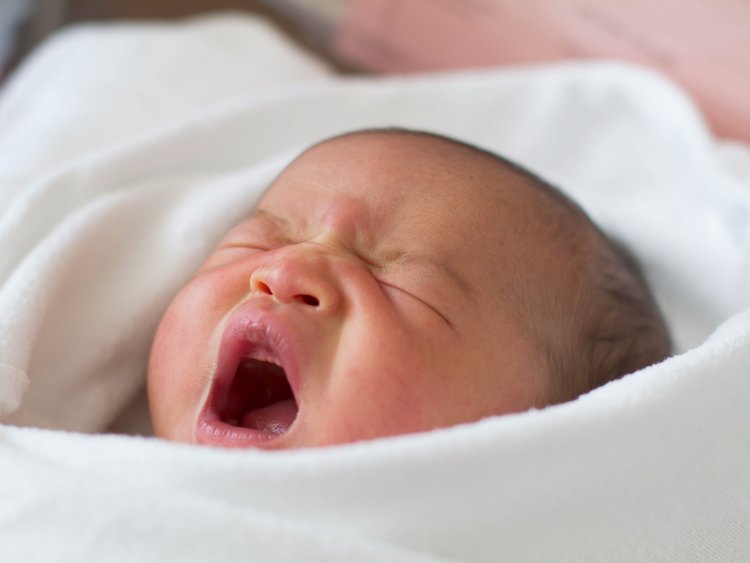Americans aren’t having enough babies to replace their population, a new government report has found.
According to the latest data from the Centers for Disease Control and Prevention, the current fertility rate is 16 per cent lower than what is needed to keep the population stable without the addition of immigrants.
The current fertility rate was found to be 1,765.5 births per 1,000 women of childbearing age over their lifetime against the required fertility rate of 2,100 births per 1,000 women.
Though the rate has been dropping for 7 years, 2017 saw the biggest decline in recent history.
Experts believe the decline is due to several reasons such as changing economics, a reduction in teen pregnancies, the greater availability of contraceptives, and delays in childbirth by women pursuing education and jobs.
“In general women are getting married later in life,” Dr. John Rowe, a professor at Columbia University’s Mailman School of Public Health, said.
“They are leaving the home and launching their families later.”

Dr. Helen Kim, an associate professor at Northwestern University’s Feinberg School of Medicine, said: “I think as women delay childbearing they may not realize that fertility declines with age and that there are limits to what fertility treatments can do for them.”
Even though there is an increase in birth rates among older women, “that may not be enough to make up for the decline,” Kim told NBC News.
Kim added that the concept of suitable family size is also changing.
“There are shifts where having smaller families is a trend,” she added. “I can’t speak on this as a sociologist, but this is what I’ve seen among my peers and colleagues.”
According to Rowe, the decline in teen pregnancies is also one of the biggest factors.
“We’ve been seeing, year after year, a precipitous drop in the number of births to teenage girls,” he added. “That’s good news.
“Not only are these children not having children, but they’re also getting a chance to finish high school. And that makes a huge difference to their lives.”
The credit for the reduction in teen pregnancies goes to the growth of sex education in the schools, Rowe said.

Some experts also believe that the trend will stabilize or reverse itself in near future.
Donna Strobino, a professor at the Johns Hopkins Bloomberg School of Public Health, said: “It may not be all doom and gloom.”
“I think it may stabilize once women who have been postponing pregnancy have the births they are planning to have,” Strobino added.
The report also revealed the contribution of each state in the current fertility rate.
The lowest fertility rate was found 1,421 in Washington, D.C whereas the highest rate was found to be in South Dakota at 2,227.
Strobino said this variation could be due to different medical legislation such as the Affordable Care Act.
“Some states did not select to expand Medicaid,” she explained. “And that would have impacted access to family planning services.”
Another explanation could be the tendency of educated women to live in particular states like Washington “because of the job market,” she said.
Recommended Video!
“11 Mistakes Woman Should Avoid During Pregnancy”


